Inside the work of photographer Seydou Keïta, who captured portraits across West Africa
‘Seydou Keïta: A Tactile Lens’, an exhibition at the Brooklyn Museum, New York, celebrates the 20th-century photographer
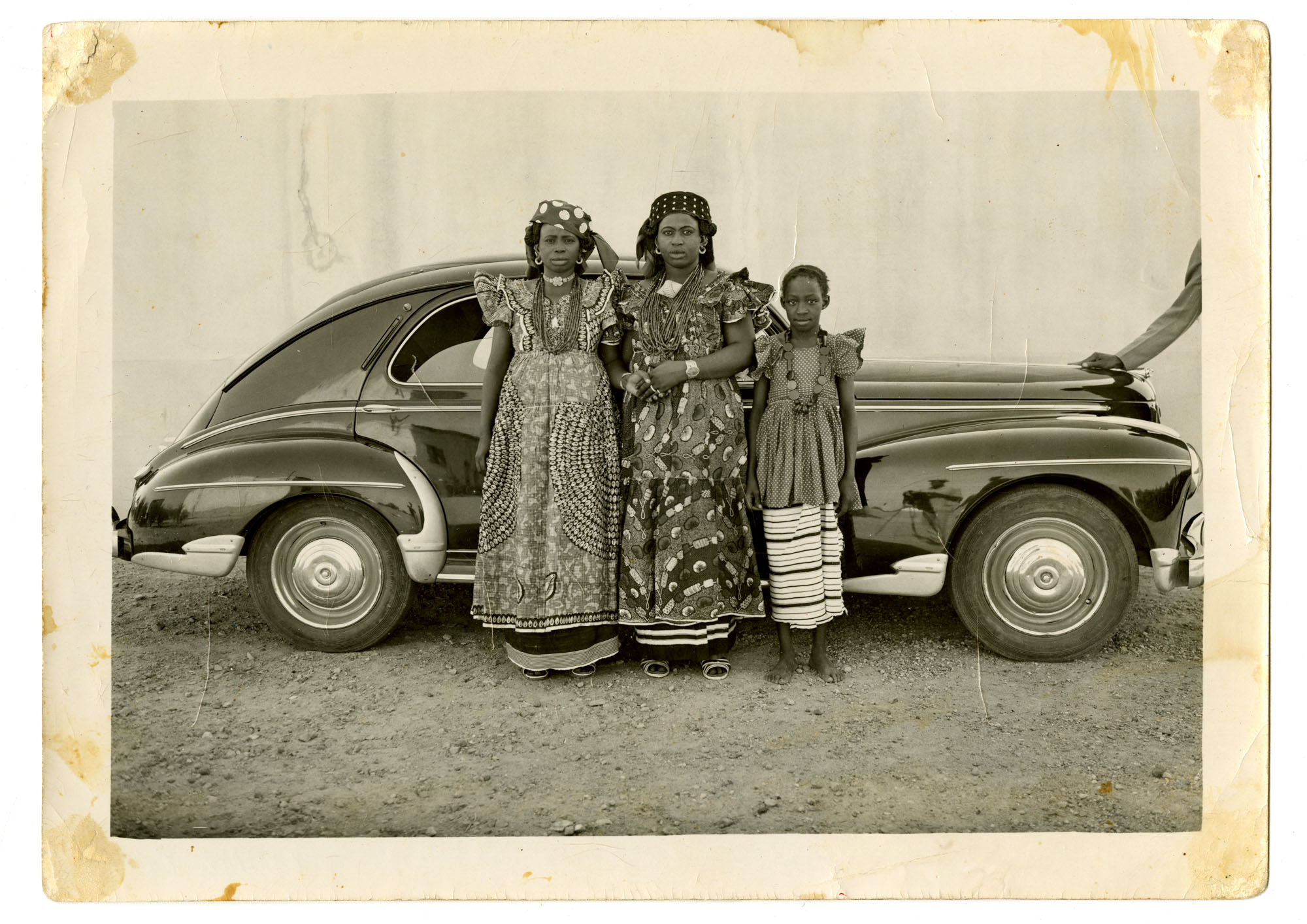
In April 2024, curator and author Catherine E McKinley travelled to Mali to meet the family of legendary photographer Seydou Keïta, to discuss an upcoming exhibition and to ask for their participation.
Celebrated as one of the most outstanding 20th-century photographers, Keïta ran a photography studio in the Malian capital, Bamako, between the late 1940s and early 1960s, where he shot black and white portraits of fashionably dressed people, with the patterned backdrops that he is perhaps best known for. He also documented the social and political landscape in pre- and post-independence Mali. That work was introduced to the West in the early 1990s, first anonymously in New York and then later identified, in group and solo exhibitions at galleries, museums, and foundations around the world.
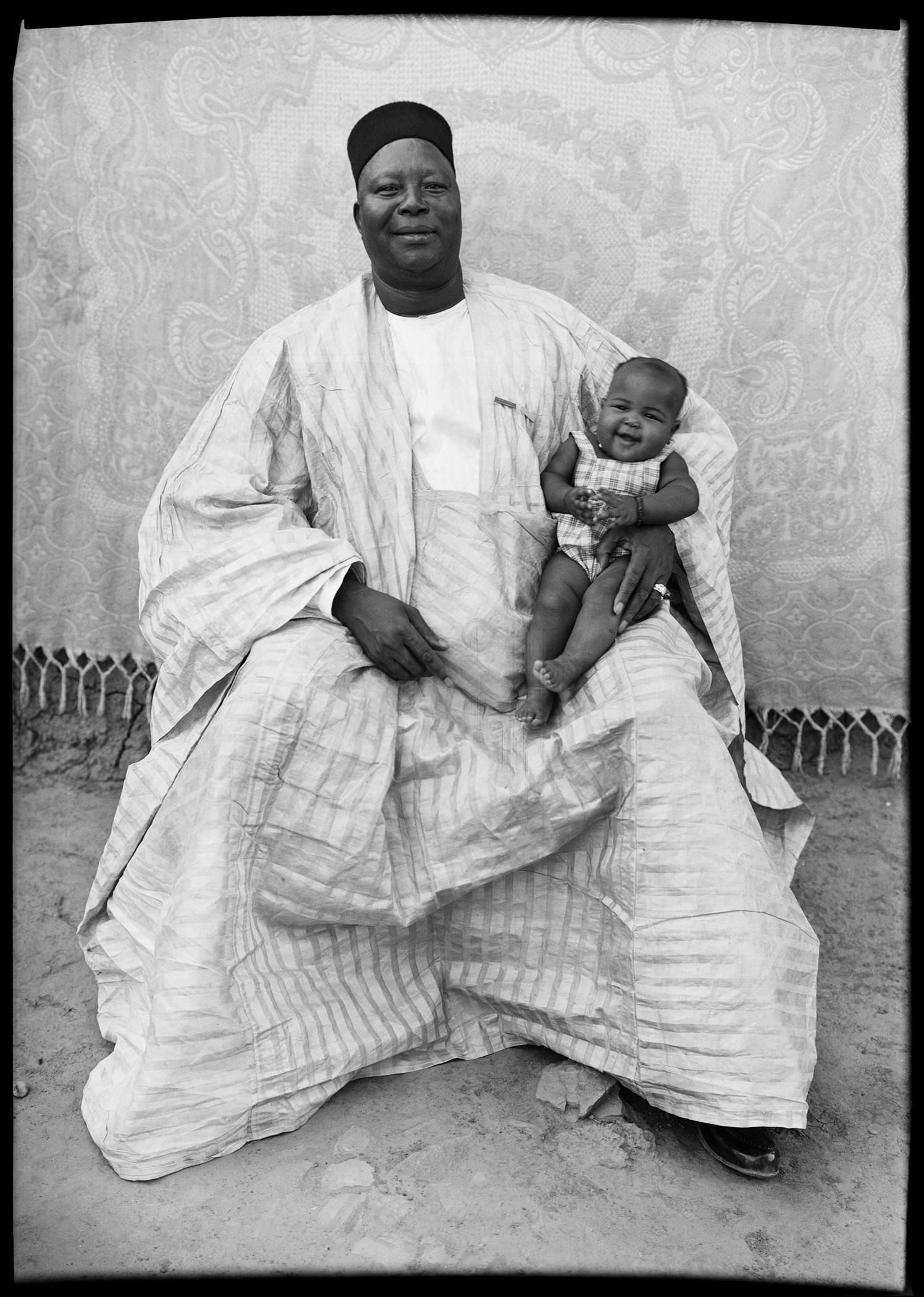
Seydou Keïta, Untitled, 1949-51
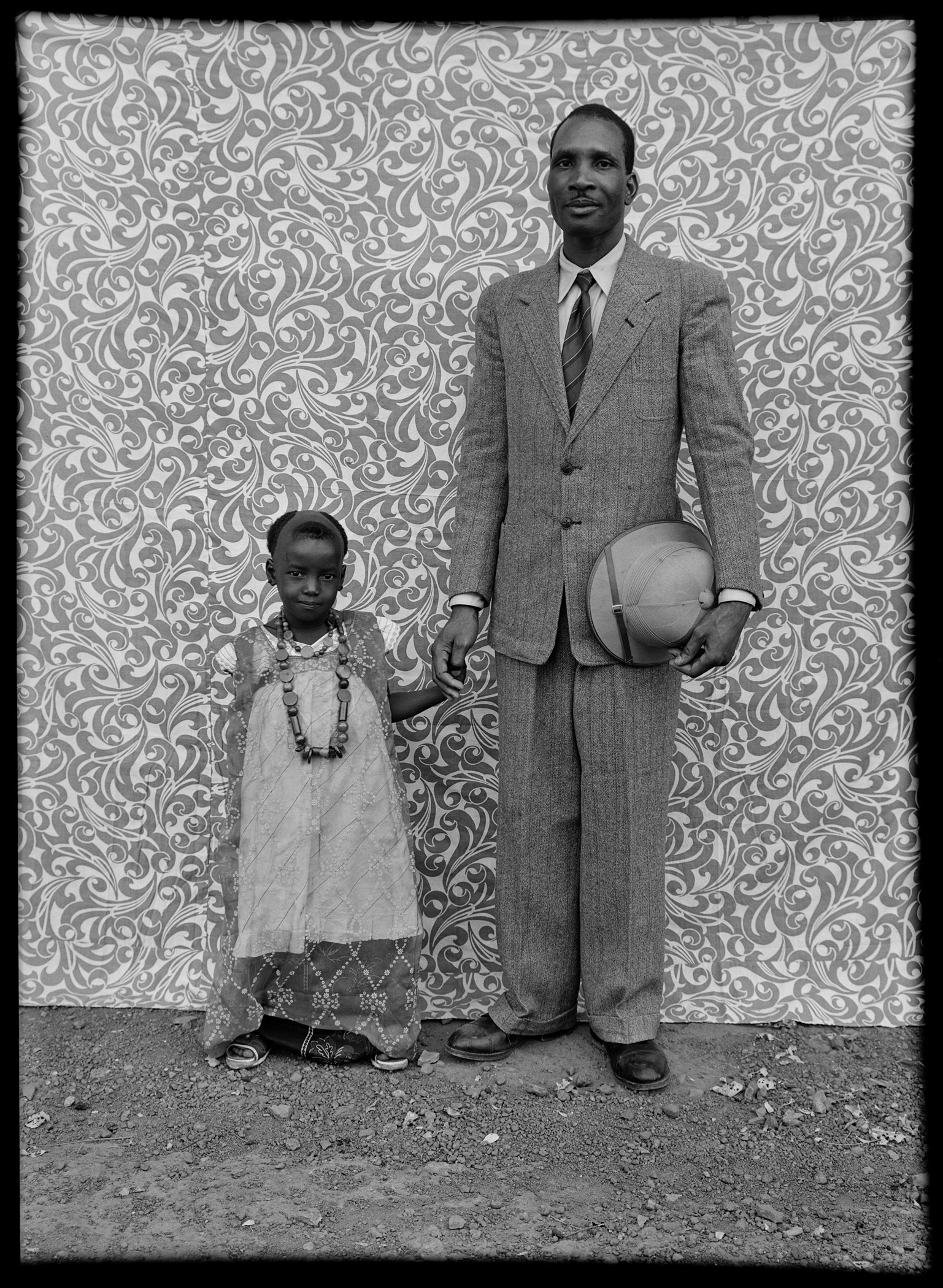
Seydou Keïta, Untitled, 1957-60
During the Mali trip, McKinley had extensive conversations with members of the artist’s extended family, who showed her his archive, which in turn became their contribution of previously unseen material, photos, and other items in their possession.
‘Seydou Keïta: A Tactile Lens’, billed as the most extensive North American presentation of the artist, is now open at the Brooklyn Museum, and includes almost 275 works, including portraits, rare images, and never-before-seen negatives, textiles, jewellery, dresses, and the artist’s personal items. Keïta‘s family also put McKinley in touch with a surviving sitter of the artist, whose interview will be on view in the Brooklyn Museum exhibition.
'It’s a real range in terms of size, format, and exposure,' says McKinley, who organised the exhibition with Imani Williford, curatorial assistant of Photography, Fashion, and Material Culture at the Brooklyn Museum. 'I think what strikes me the most is that we’ve kind of really just begun to look at Keïta in particular, but also at the broader field of African photography in relation to world photography. So it’s very exciting for me. I think that it’s a new moment in terms of scholarship, and for viewers.'
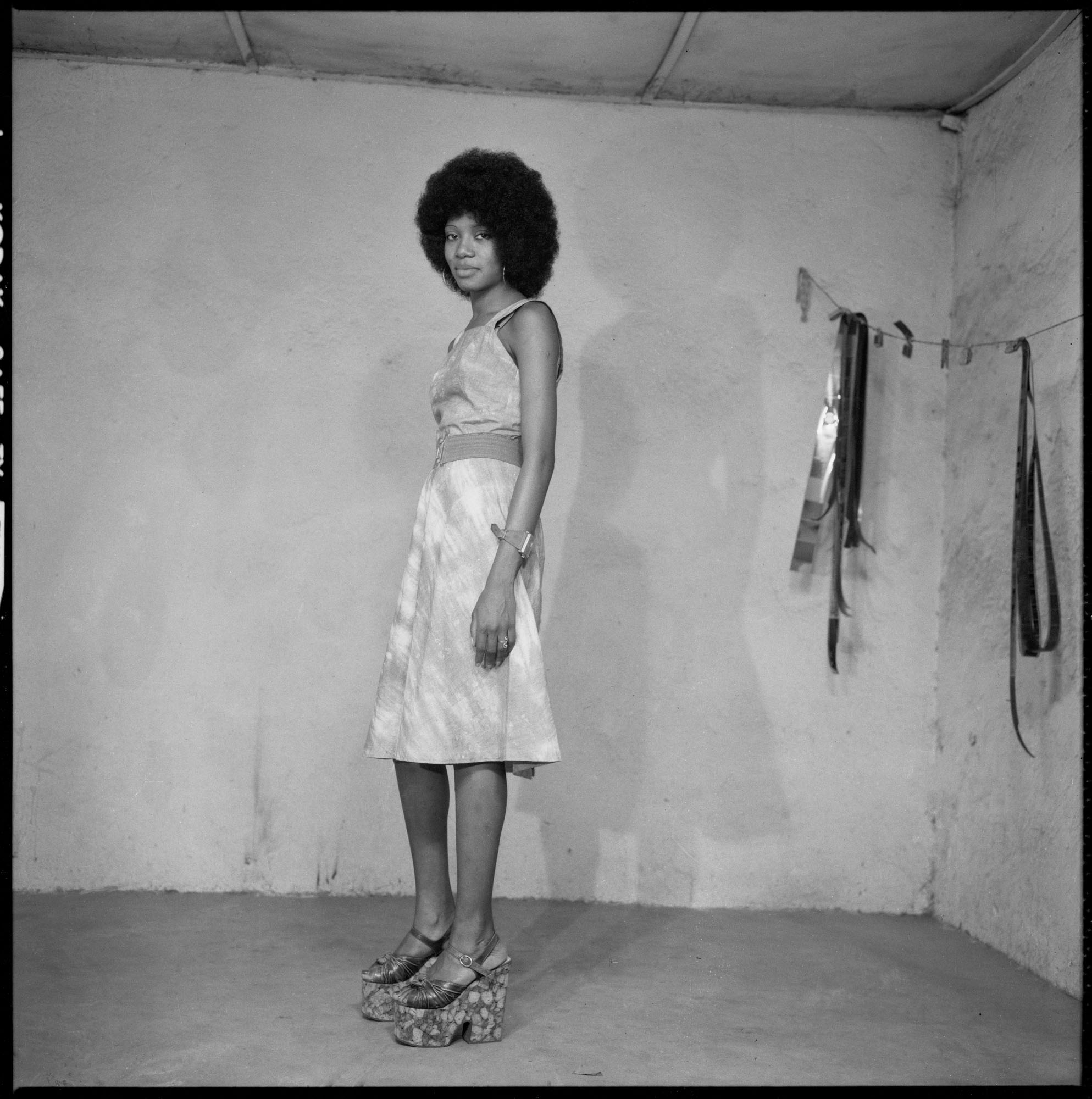
Seydou Keïta, Untitled, late 1940s to mid 1970s
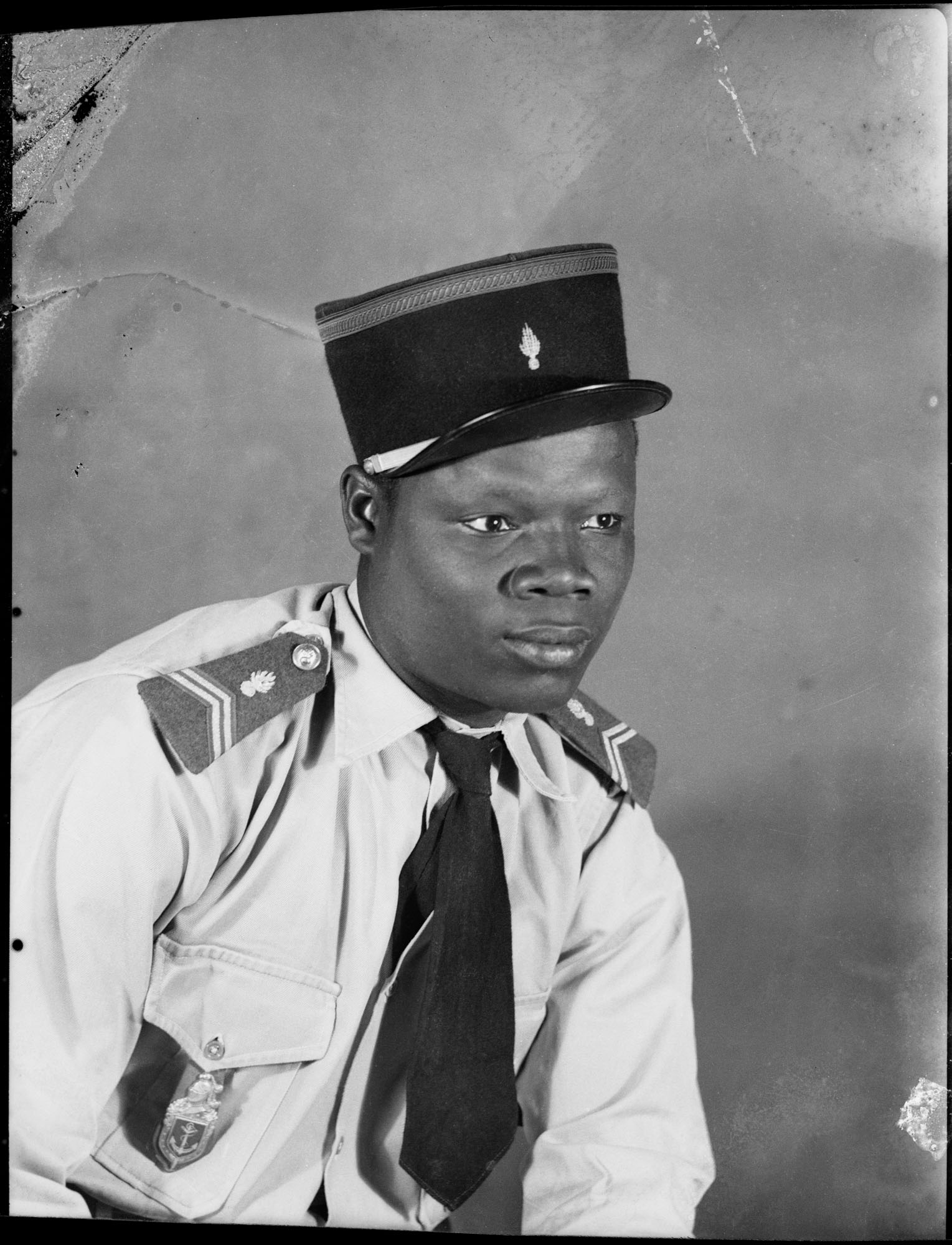
Seydou Keïta, Untitled, late 1940s to mid 1970s
The journey to the West African country was formative in many ways. 'I learned a lot about Keïta,' McKinley tells Wallpaper*. 'I would say [his family] disrupted a lot of my ideas about who he was and what the studio life was like. And I didn’t realise how involved the family was in the photographic process and how much they were a part of the studio life.'
The knowledge gained from the visit and conversations, McKinley adds, 'shaped everything. It changed the DNA of the exhibition, and even how I look at a lot of the works, because even many of the photos that are well known end up having family members as subjects.' McKinley cites an example of a sitter whom she initially thought was a famous singer, but who turned out to be a completely different person. 'It altered how I think about a lot of the work,' says the curator.
Receive our daily digest of inspiration, escapism and design stories from around the world direct to your inbox.
Stories about Keïta’s studio portraits often state that the sitters were middle-class Malians, but that wasn’t necessarily the case, as the list included migrant workers, civil servants, visitors from across West Africa, and some people who saved up for the occasion, 'because of the importance of having a photographic record or memento for the family', as McKinley puts it. 'I think it’s a really exciting moment to re-approach Keïta.'
‘Seydou Keïta: A Tactile Lens’ is at the Brooklyn Museum until 8 March 2026
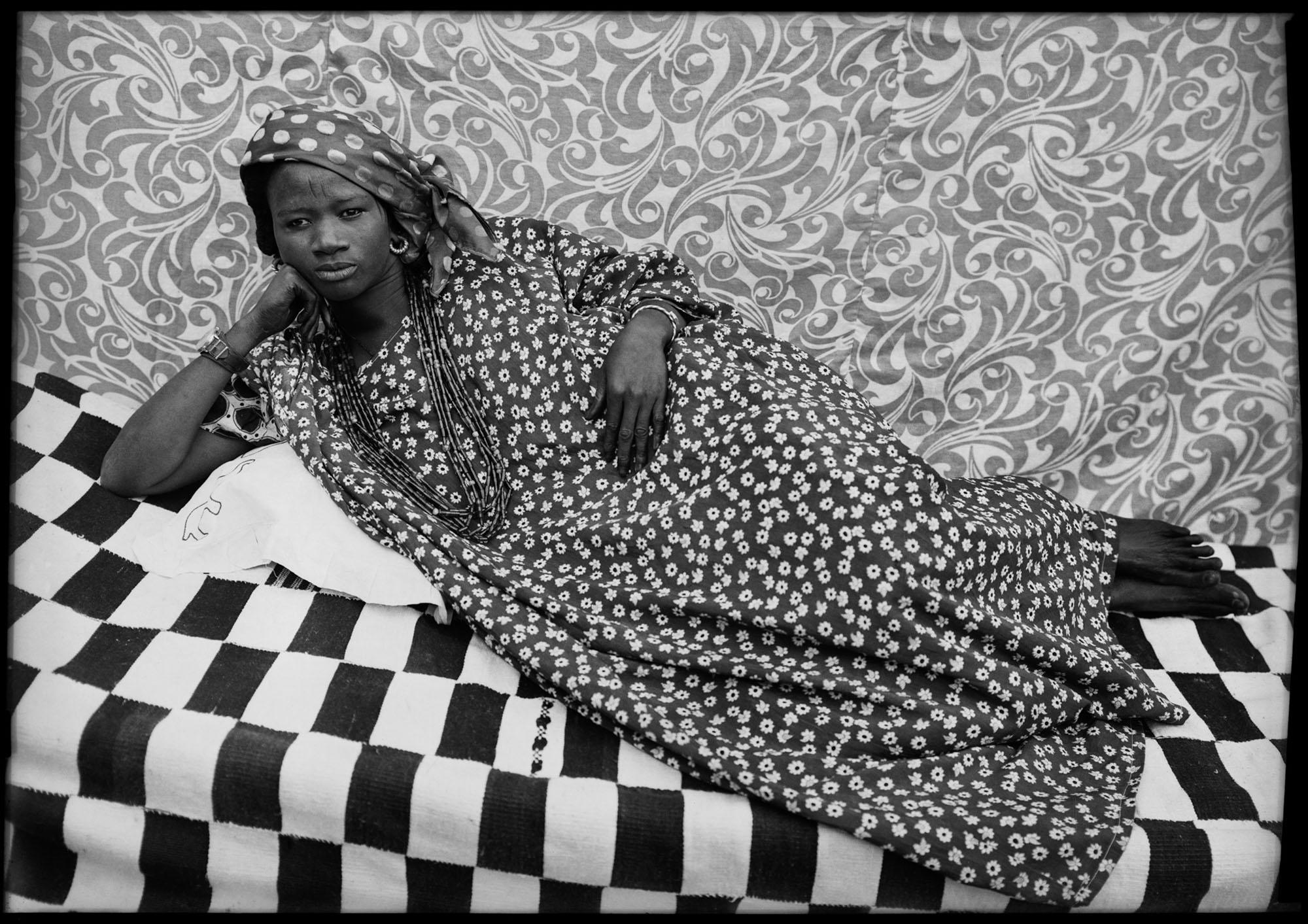
Seydou Keïta, Untitled, 1953-7
-
 The Wallpaper* Design Awards are back in 2026 – see who's shortlisted
The Wallpaper* Design Awards are back in 2026 – see who's shortlistedOur annual design awards returns in January – here are the first shortlisted nominees
-
 RIBA House of the Year 2025 is a ‘rare mixture of sensitivity and boldness’
RIBA House of the Year 2025 is a ‘rare mixture of sensitivity and boldness’Topping the list of seven shortlisted homes, Izat Arundell’s Hebridean self-build – named Caochan na Creige – is announced as the RIBA House of the Year 2025
-
 Wallpaper* Design Awards 2026: Life-enhancer of the year shortlist
Wallpaper* Design Awards 2026: Life-enhancer of the year shortlistDiscover the shortlist for Life-Enhancer of the Year in the Wallpaper* Design Awards 2026, from an innovative night light to a blueprint for play
-
 Out of office: The Wallpaper* editors’ picks of the week
Out of office: The Wallpaper* editors’ picks of the weekIt’s been a week of escapism: daydreams of Ghana sparked by lively local projects, glimpses of Tokyo on nostalgic film rolls, and a charming foray into the heart of Christmas as the festive season kicks off in earnest
-
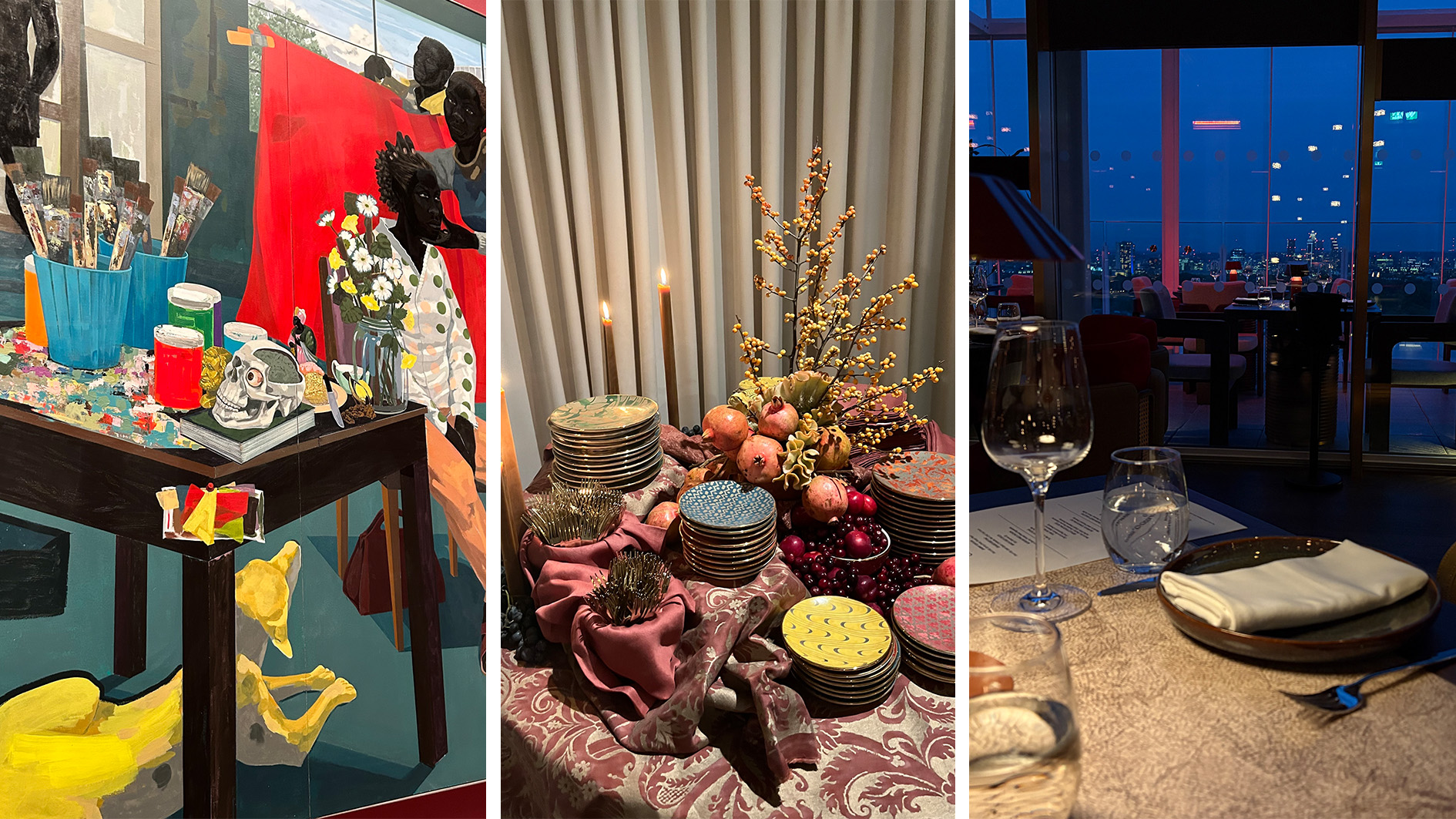 Out of office: The Wallpaper* editors’ picks of the week
Out of office: The Wallpaper* editors’ picks of the weekFrom sumo wrestling to Singaporean fare, medieval manuscripts to magnetic exhibitions, the Wallpaper* team have traversed the length and breadth of culture in the capital this week
-
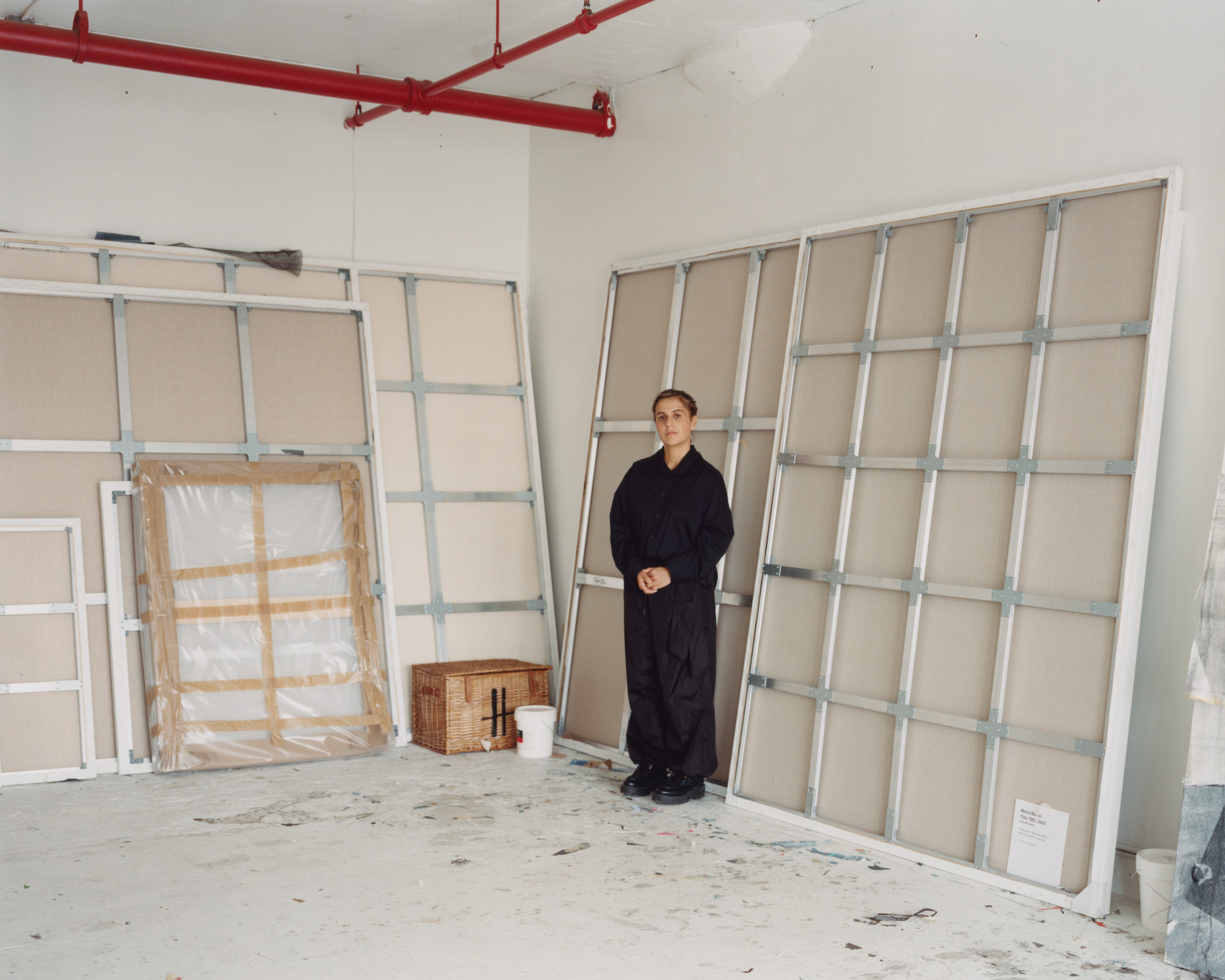 María Berrío creates fantastical worlds from Japanese-paper collages in New York
María Berrío creates fantastical worlds from Japanese-paper collages in New YorkNew York-based Colombian artist María Berrío explores a love of folklore and myth in delicate and colourful works on paper
-
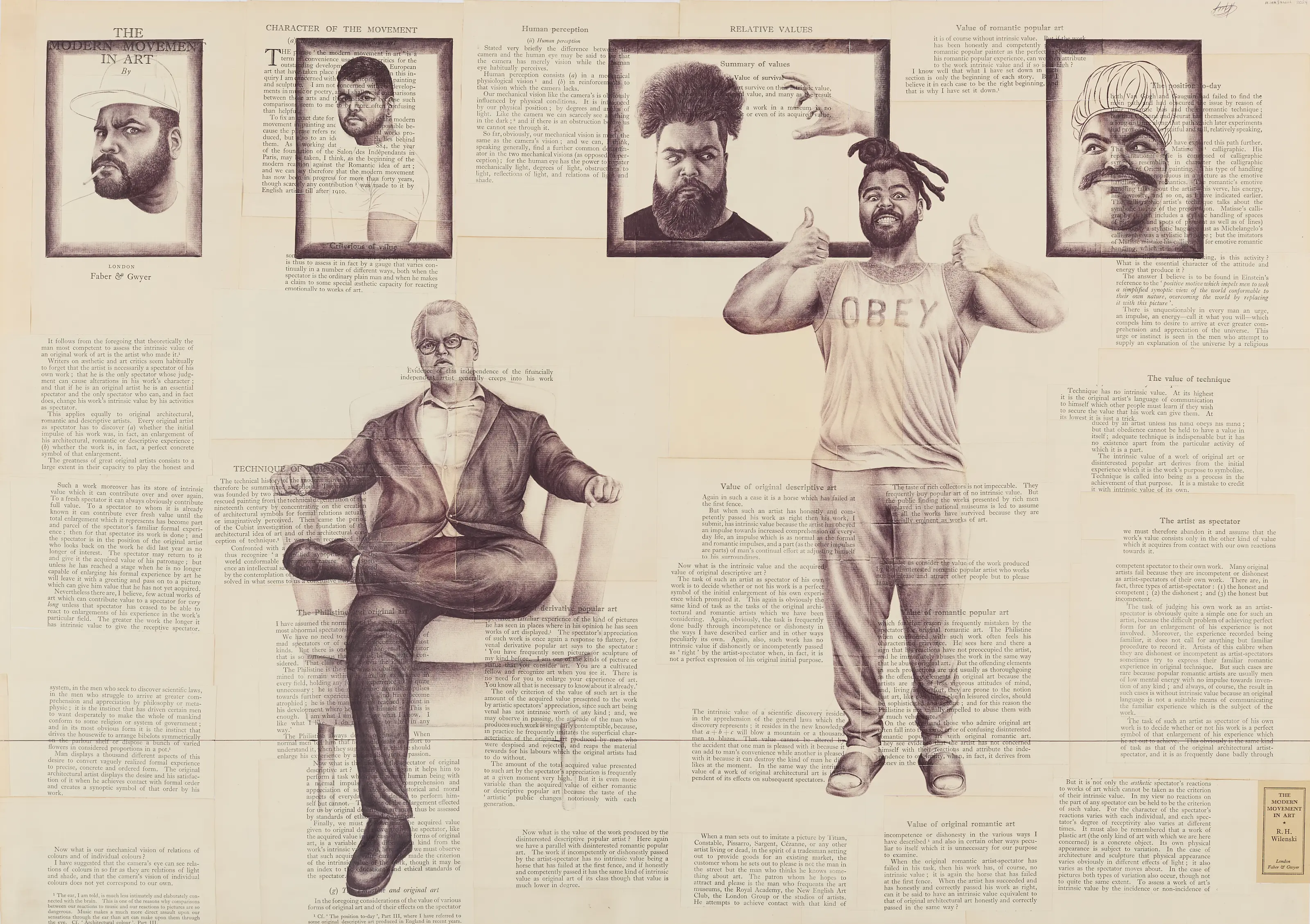 ‘It is about ensuring Africa is no longer on the periphery’: 1-54 Contemporary African Art Fair in London
‘It is about ensuring Africa is no longer on the periphery’: 1-54 Contemporary African Art Fair in LondonThe 13th edition of 1-54 London will be held at London’s Somerset House from 16-19 October; we meet founder Touria El Glaoui to chart the fair's rising influence
-
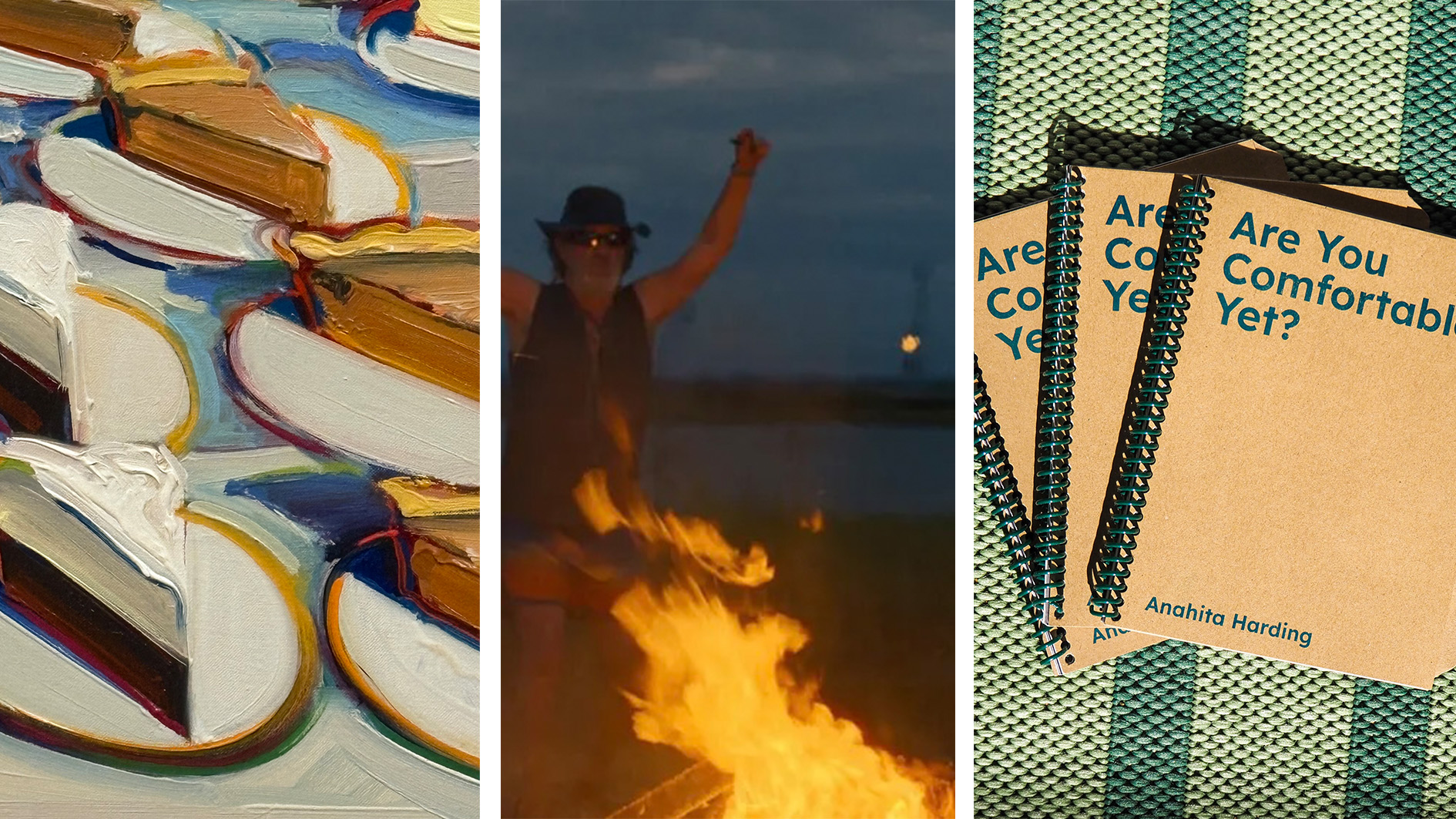 Out of office: the Wallpaper* editors’ picks of the week
Out of office: the Wallpaper* editors’ picks of the weekAs we approach Frieze, our editors have been trawling the capital's galleries. Elsewhere: a 'Wineglass' marathon, a must-see film, and a visit to a science museum
-
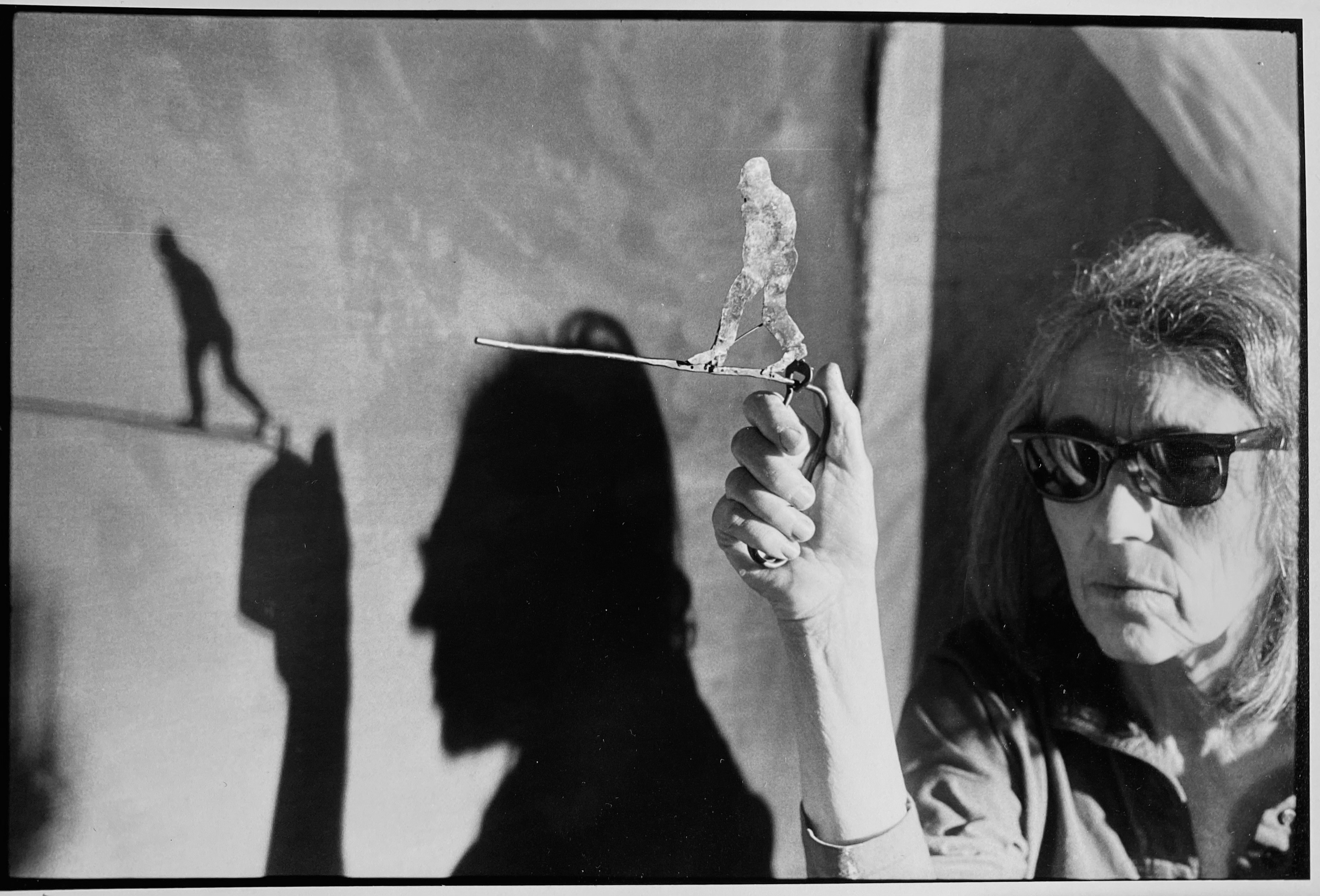 June Leaf’s New York survey captures a life in motion
June Leaf’s New York survey captures a life in motionJune Leaf made art in many forms for over seven decades, with an unstoppable energy and fierce appetite leading her to rationalise life in her own terms.
-
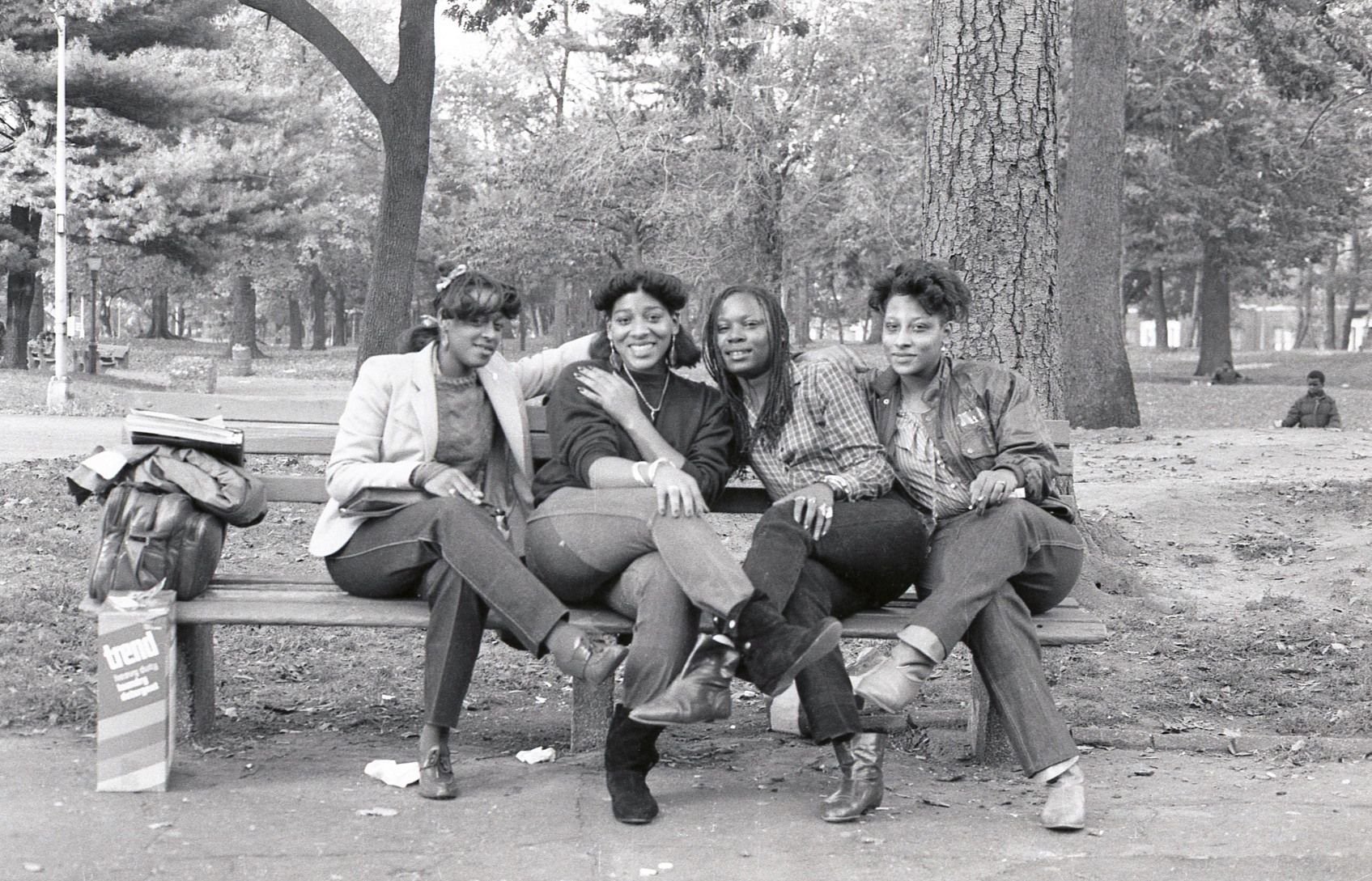 Jamel Shabazz’s photographs are a love letter to Prospect Park
Jamel Shabazz’s photographs are a love letter to Prospect ParkIn a new book, ‘Prospect Park: Photographs of a Brooklyn Oasis, 1980 to 2025’, Jamel Shabazz discovers a warmer side of human nature
-
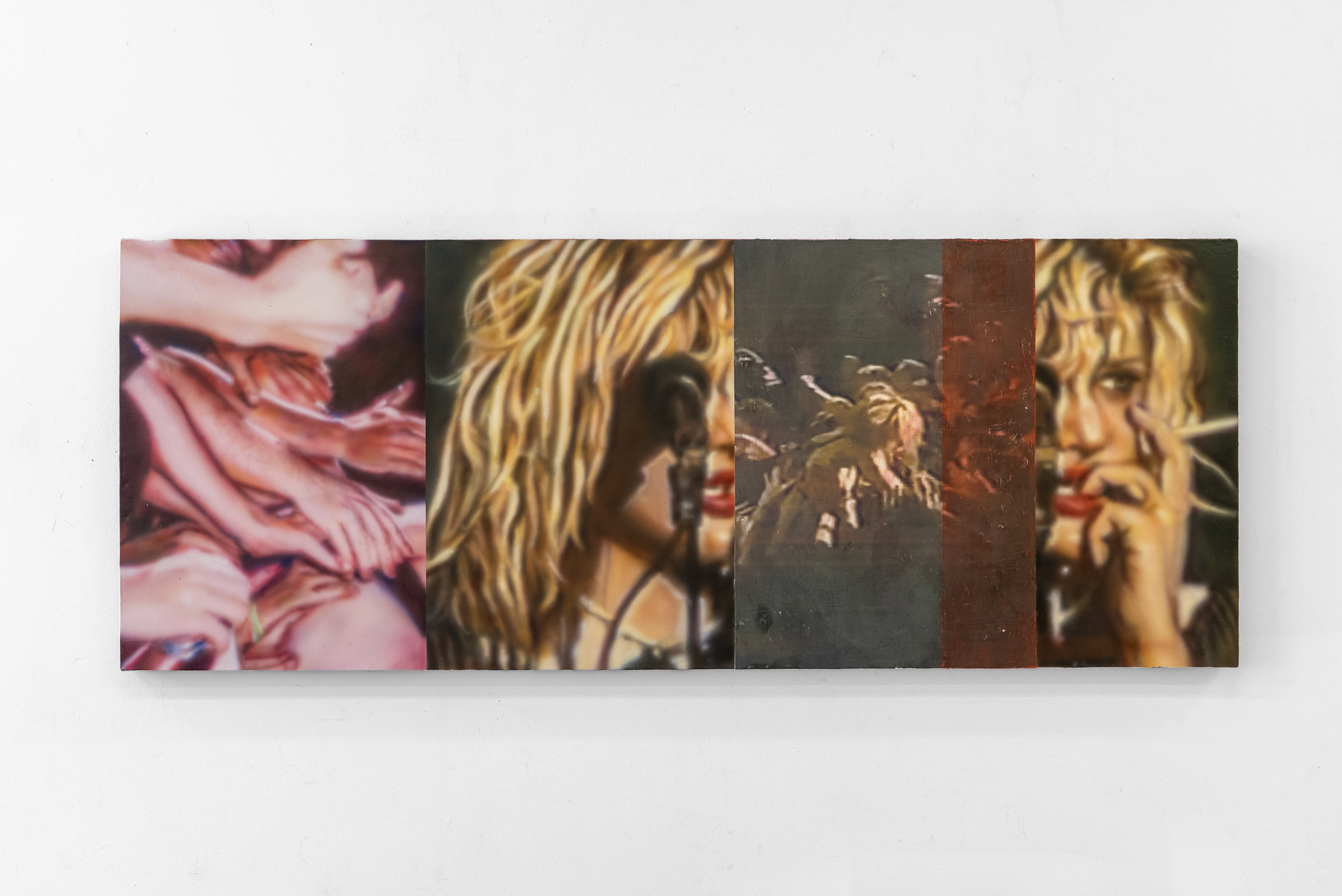 Inside a Courtney Love-inspired art exhibition in New York
Inside a Courtney Love-inspired art exhibition in New YorkLiza Jo Eilers looks to the glory days of Hole at an exhibition at Grimm New York